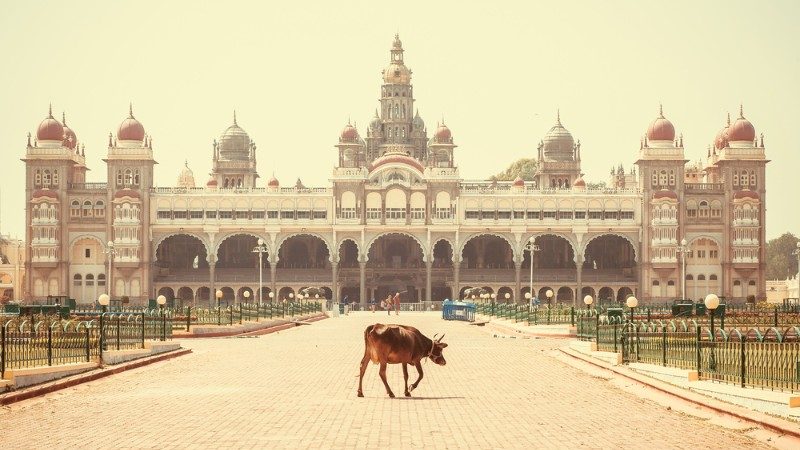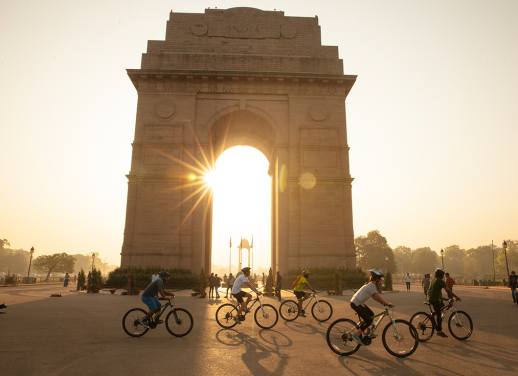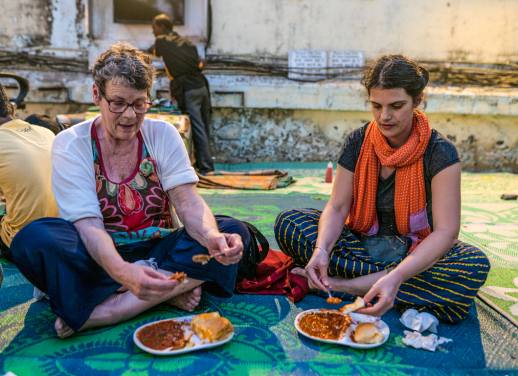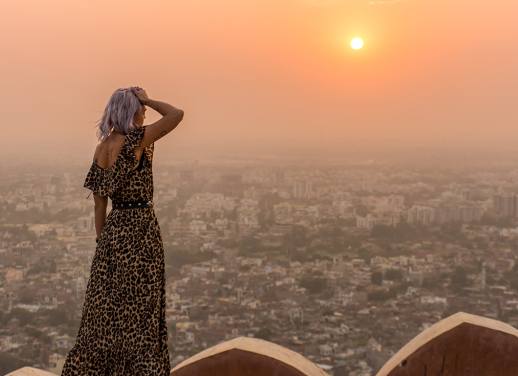A cow trundled ahead of me on the narrow, crowded bridge, its hooves veering slightly too close to my sandal-clad toes for comfort.
Behind, a family of four all piled onto one motorbike were revving against my heels, impatient to get past the tourists such as myself, large Indian families stopping traffic to pose for selfies and, of course, the ubiquitous cattle. As a monkey swung overhead, I took a deep breath and smiled. After all, wasn’t this what my yogic studies had been preparing me for, to stay calm amid chaos?
JOIN US ON A 9-DAY MIND, BODY, SPIRIT JOURNEY THROUGH INDIA – DETAILS HERE
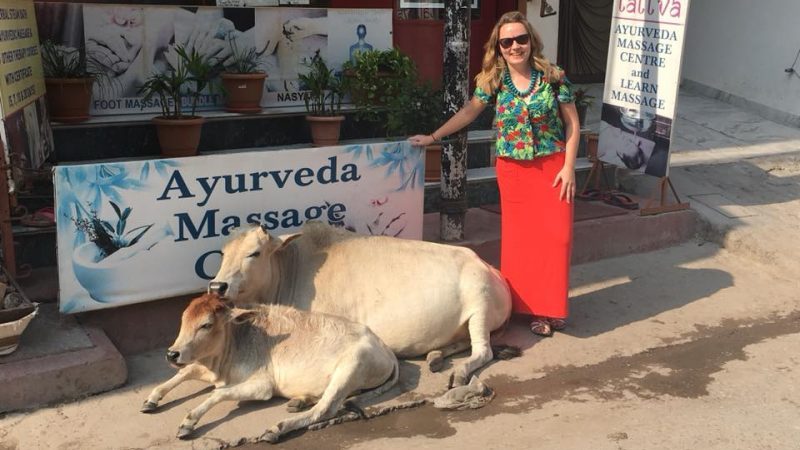
Meeting a few friends on the way to a massage. Photo by Ciara Cunnane.
Oh Mother India, what a sensory smorgasbord you are. And although the busy streets were overwhelming at first, this unique mixture of animals and vehicles, the locals’ love of modern selfie sticks alongside the vibrant, traditional saris, quickly became a joy to blend into. After my feet escaped that initial river crossing unscathed, the regular bridge walk began to reflect the inner tranquility and joie de vivre growing through the yogic techniques I began each day with. I stopped edging along the bridge and instead revelled in the melee, often ending up in group selfies, laughing with lovely local families who were curious about this pale and light-haired woman among them.
EXPLORE OUR FULL RANGE OF INDIA SMALL GROUP ADVENTURES HERE
Like many people in the West, I had joined a yoga class some years before to improve fitness and also gained great psychological benefits that I hadn’t expected. As my practice grew deeper, I wanted to learn more about the trinity of yoga, meditation and Ayurveda, and so travelled to the source: India.
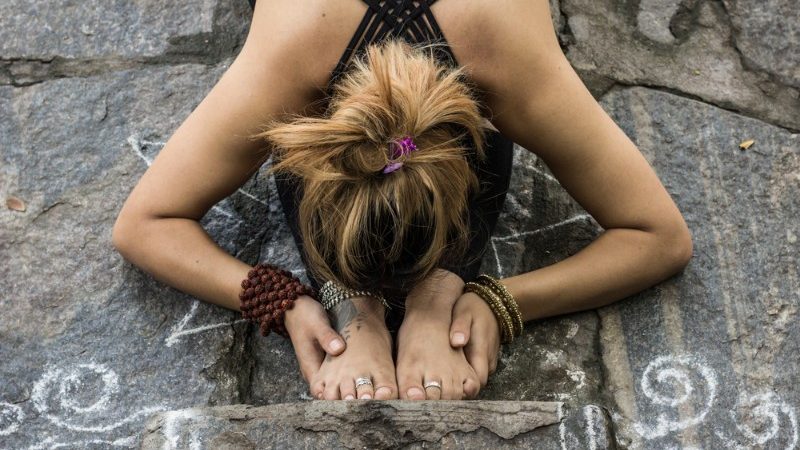
Practicing a forward bend. Photo by Josu Ozkaritz.
The Sanskrit word yoga translates as union, and involves the mindful combination of movement (known as asanas) with breath work, to ensure the body is limber enough to comfortably sit still in meditation, which, through practice, brings a more enlightened state of mind.
Ayurveda means the science or knowledge of life (ayur means life and veda means knowledge in ancient Sanskrit). It evolved at the same time as yoga, 5,000 years ago, and they complement each other. When these traditions were introduced to the West in the last century, the physical side of yoga took off and turned into the various styles widely advertised today. The meditative aspect followed slowly behind, in part because it was harder to market and the results less easily showcased. However, as Eastern practices that were once seen as alternative have now become mainstream, and more people around the world are finding improved health through these ancient traditions.
RELATED: EVERYTHING YOU NEED TO PACK FOR A TRIP TO INDIA
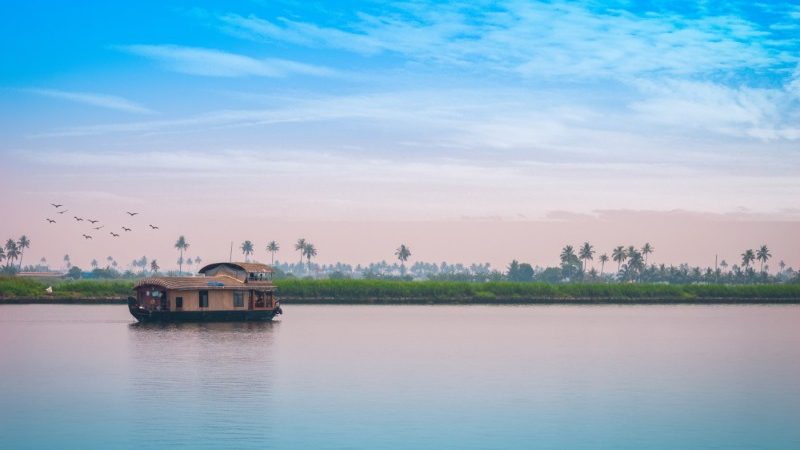
How‘s the serenity? Photo by Sainuddeen Alanthi.
In India I had the luxury of devoting every day to meditation, but even 10 minutes’ practice every day goes a long way towards maintaining mental clarity and positivity. And even if you don’t know your downward-facing dog from your tree pose, a wellness trip through India is the perfect opportunity to discover the country’s diverse landscape, rich spiritual heritage and mouth-watering cuisines. Ayurvedic cooking is much milder and more fragrant than the spicier, hotter flavours favoured in much of southern India, but both cuisines are equally delicious.
Locals in the southern Indian state of Kerala are fiercely proud of their cuisine and will often insist that it’s the best in India; with the array of fresh fish on offer at Fort Kochi in the historically evocative city of Kochi, it’s difficult to argue with them. The elegant old European architecture in this important fishing port offers a different side to India. Indeed, the slender coastal strip of Kerala is a world away from the frenzy of northern India, with so many serene beaches, as well as lush landscape evident in the rural district of Wayanad. The state’s largest waterfall, Athirappilly Falls in Thrissur city, is known for its sacred sites and colourful festivals.
MEET ANKITA, ONE OF OUR INCREDIBLE LOCAL LEADERS IN INDIA
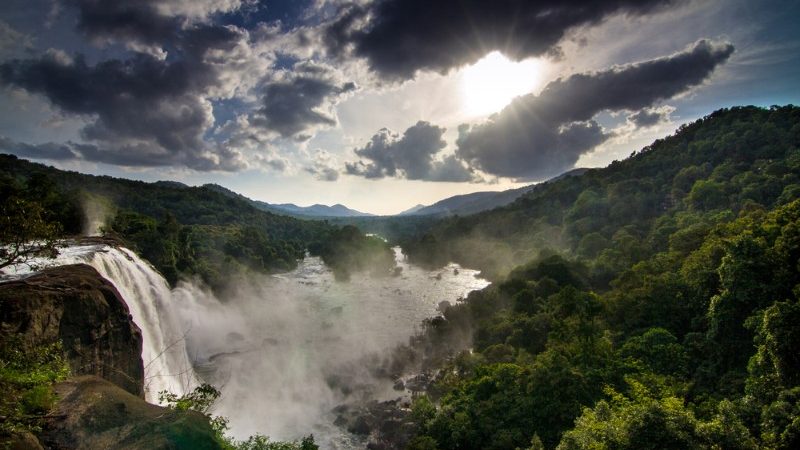
Athirapalli Waterfall is truly spectacular. Photo by Viju Jose.
India’s first academic Ayurvedic medical institution (established in 1908) is in Mysore, which sits between the lush Western and Eastern Ghats, just north of Kerala. The spice- and tea-covered forests and hills of the Western Ghats run 160,000 square kilometres along the coast of India and received UNESCO world heritage status in 2012.
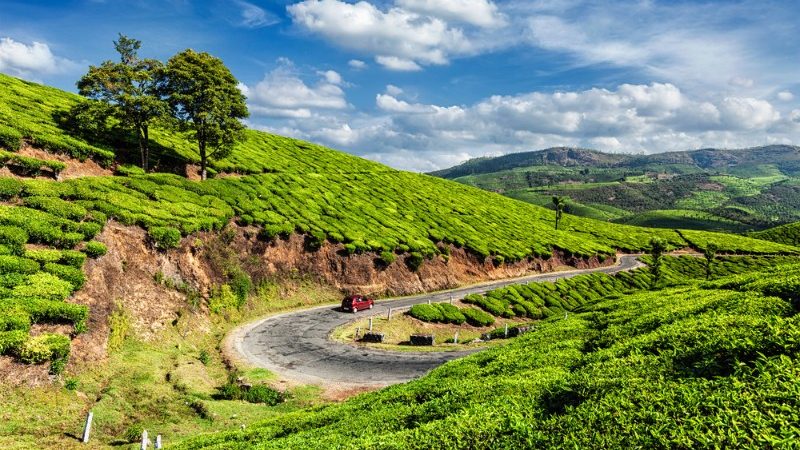
Tea plantations in the Western Ghats. Photo by DR Travel Photo and Video.
Mysore city has been a mecca for yoga students for several years as the Ashtanga style that has become globally renowned was first popularised there by Sri K Pattabhi Jois. Wellness is a way of life in Mysore; Sanskrit scholars, traditional doctors and massage therapists abound.
SUBSCRIBE TO INTREPID’S NEWSLETTER FOR TRAVEL TIPS, COMPETITIONS, GIVEAWAYS & MORE
Along with Chinese traditional medicine, with which it shares many similar concepts, Ayurveda is the oldest healing system in the world. In some rural parts of India, it has been the only healthcare system for thousands of years. It can work in harmony with modern medicine, in the same way that acupuncture was once seen as leftfield but it is now more widely accepted.
Ayurvedic theory teaches that wellbeing comes from living in balance and so food is medicine. The strength of our digestion is crucial to maintaining this balance, so it’s important to chew slowly and choose easily digestible food. My Ayurvedic culinary teacher taught me that cooked food is easier to digest than raw, and so the Ayurvedic diet focuses on warming bowls of goodness. Once you find the required spices and lentils at your local supermarket, the recipes are easy to whip up.
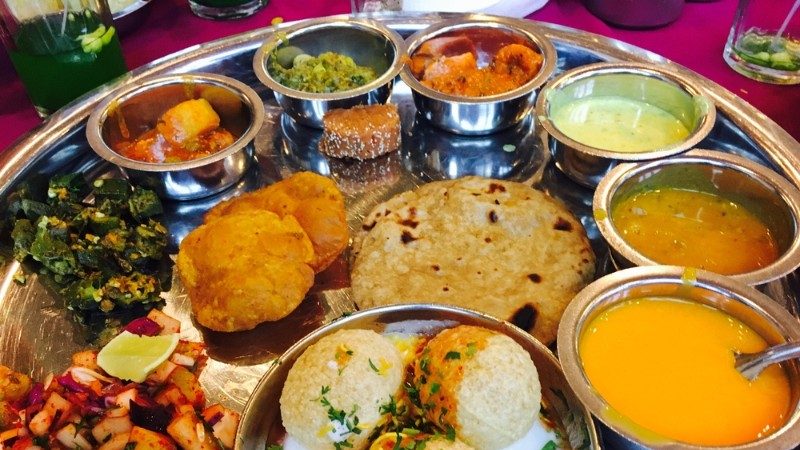
Thali time! Photo by Aniket Bhawkar.
One of Ayurveda’s defining principles is that there are three mind-body types (doshas) which we all have varying proportions of, and on which our mind-body health depends. There is a simple questionnaire test used to define which mind-body type we are (vata, pitta or kapha) and the idea is to eat more foods with an opposite characteristic to balance out our prominent dosha. But even without taking the test, the general rule is to eat fresh, unprocessed food (known as sattvic) and limit processed, canned, frozen or tinned food (known as rajasic and tamasic).
RELATED: 6 FOODS THAT PROVE INDIAN CUISINE IS THE BEST IN THE WORLD
A typical Ayurvedic dish is kitchari, comprising rice and mung dal simmered with ginger and spices such as tumeric and cumin. It’s considered a nutritionally complete meal because of the combination of carbohydrate, protein and health-promoting spices, and so it’s often served to the ill or elderly (when I picked up a stomach bug in India it was the only meal I could keep down). Aside from its health benefits, the fact that it’s so tasty, easy and cheap to cook has made it a staple of my weekly menu back home.

Wayanad mornings. Photo by Arun P Sidharthan.
While Ayurvedic nutrition supports us on the inside, there are also specialist Ayurvedic massage treatments widely available in India to feel gorgeous on the outside. When I arrived in India I was exhausted from an intense period of work and moving house, but even after a few days of beginning each morning with breathing exercises (pranayama), followed by yoga and meditation, combined with Ayurvedic food and massage, my energy levels picked up enormously. By the end of my trip, I looked refreshed, and felt even better. Namaste to that.
Learn about all things yoga, Ayurveda and meditation on our 9-day India: Mind, Body, Spirit small group adventure from Bangalore to Kochi. See full details here.

